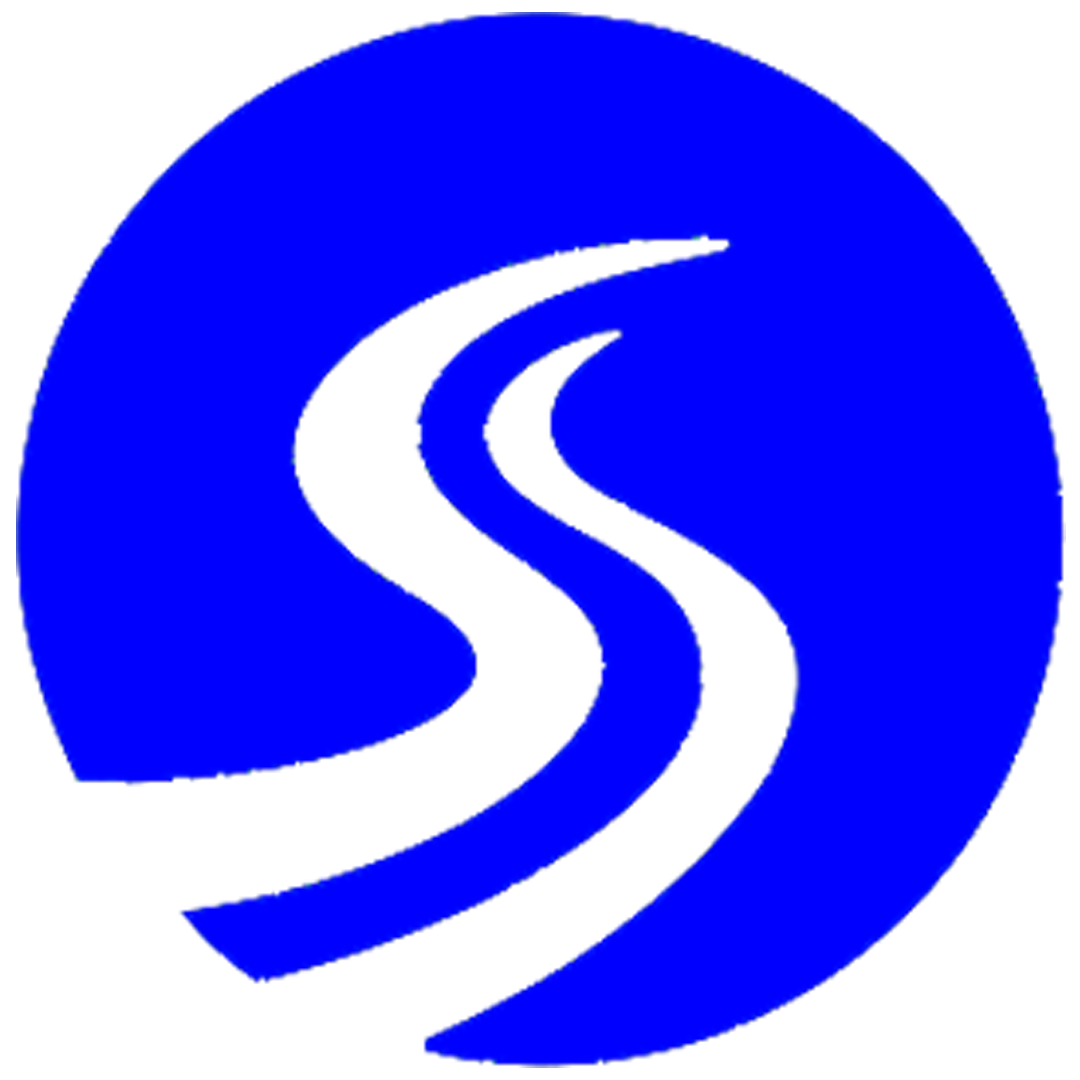If your website is getting traffic but not leads, you don’t have a traffic problem. You have a conversion problem.
In today’s digital economy, getting people to your website is the easy part. Turning those visitors into qualified leads? That’s where most businesses fall short. The truth is, your website can no longer function like a digital brochure. It must behave like a well-oiled lead generation machine.
This guide will show you how to transform passive visits into consistent, high-quality leads using strategy, psychology, and systems that scale.
Step 1: Start With Intent, Not Guesswork
Every high-converting website begins with clarity on who it serves, what problem it solves, and what action it wants the visitor to take. If you’re unclear on those three things, every tactic you try will feel like noise.
Know your ideal client’s pain points, goals, and objections. Then, architect every section of your site to walk them through a decision-making journey, one that ends in action.
Step 2: Your Homepage is Not a Catch-All
Most websites treat the homepage like a catch-all. But in reality, it’s prime real estate. Every word, button, and section must guide the visitor toward one clear next step.
Here’s what high-performing homepages include:
- A bold headline that addresses a pain point or desired transformation
- A subheadline that builds relevance or credibility
- A clear and visually distinct call-to-action
- Testimonials or logos to establish social proof
- A navigation menu that leads, not distracts
Don’t confuse. Don’t clutter. Lead.
Step 3: Use Lead Magnets Strategically
The biggest myth in lead generation is that people will sign up for a newsletter just because it exists. They won’t.
What works instead? A high-value, specific, time-saving lead magnet. Think:
- “Checklist to Launch Your Coaching Program in 7 Days”
- “Free Video: How to Generate Clients Without Cold Outreach”
- “Quiz: Discover What’s Blocking Your Business Growth”
Lead magnets should solve a micro-problem and be positioned as the first step toward your paid offer.
Step 4: Landing Pages That Convert
Your lead magnet is only as effective as the page that promotes it.
Great landing pages remove friction. Here’s what they all have:
- A specific benefit-driven headline
- Bullet points that outline immediate value
- A single call-to-action (no menus, no distractions)
- Short form (name and email only)
- Mobile optimization
If you have 10 seconds of attention, don’t waste it explaining what they’ll get, show them why it matters.
Step 5: Automate the Nurture Process
What happens after someone opts in is just as important as the opt-in itself.
A nurture sequence is not just a welcome email. It’s a mini journey that builds trust, handles objections, and gently guides people to the next logical step—usually a discovery call, offer page, or sales conversation.
Effective nurture sequences:
- Deliver the lead magnet immediately
- Share your story and your authority
- Provide quick wins or insights
- Introduce your offer subtly
- End with a strong, clear CTA
Emails should sound human, not robotic. Be helpful, not hype-driven.
Step 6: Track, Test, Optimize
If you’re not measuring your funnel performance, you’re flying blind. Use tools like:
- Google Analytics for user behavior
- Hotjar or Clarity for scroll and click tracking
- Email marketing data for open/click rates
- Split testing tools for landing page performance
Conversion is not a one-time event. It’s a process of refinement.
Final Thought: Conversion Is a Journey, Not a Button
Most websites fail not because they lack design, but because they lack direction. Converting visitors into high-quality leads is about more than copy and call-to-actions. It’s about connection, clarity, and strategy.
Build your site like a funnel. Speak directly to a pain point. Offer a fast win. Then guide people step by step toward your solution.
If you’re ready to turn your website into your most powerful lead generator, start with the end in mind, and reverse-engineer every click toward that goal.
Want help building a funnel-ready website that converts consistently?
Let’s design a system that turns visitors into leads while you focus on serving your clients.

